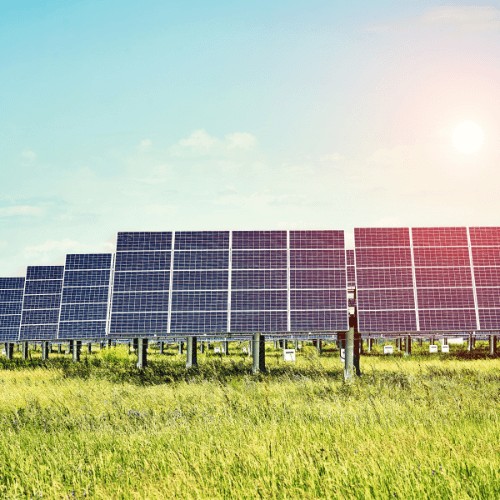Why Elite Power
-

Peak power deficits and rising power prices
India continues to be plagued by a persistent demand/supply mismatch with a five-year average energy deficit of approximately 5% through March 2016 according to the Ministry of Power, which has resulted in upward pressure in power prices
-

Strong regulatory support
In order to reduce dependence on energy imports and curtail the current trade deficit and the resulting impact on the rupee, the Indian government has taken a number of steps to incentivize the use of renewable sources of energy. To provide further impetus to solar growth, the Indian government launched the Jawaharlal Nehru National Solar Mission, or the NSM, in 2010
-

Solar positioned to win among alternatives
India ranks among the highest irradiation-receiving countries in the world with more than 300 days of sunshine per year in much of the country. Solar power generation is viable across most of India, unlike wind and hydro resources which are concentrated in specific regions. In addition, as solar plants can be built near the point of consumption, power produced generally does not incur expensive transmission charges or require infrastructure or transmission investments
-

Solar approaching parity
State utilities have seen power costs rise as domestic coal shortages have caused thermal generators to increasingly rely on more expensive imported fuels. An analysis of current tariffs in India indicates that solar power is now competitive with wind, new thermal capacity fueled by imported coal and grid power tariffs for commercial users. Further, diesel power, the most common replacement power source for commercial and off-grid users in the country, is far more expensive than solar power



